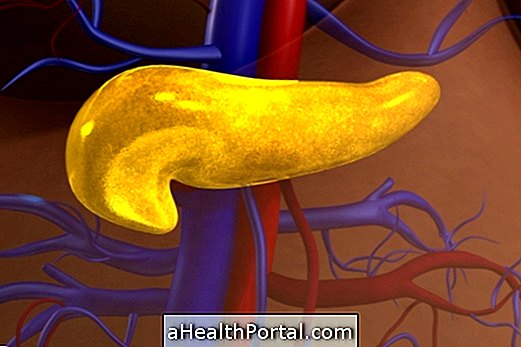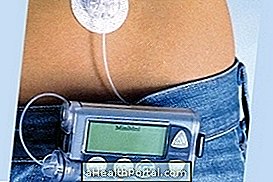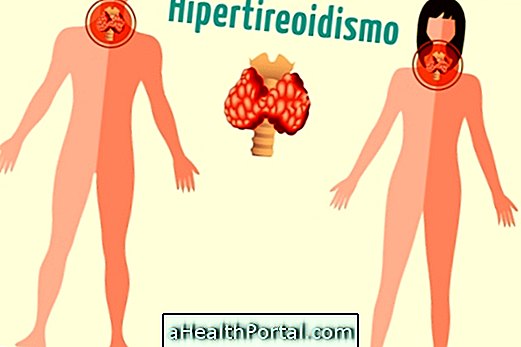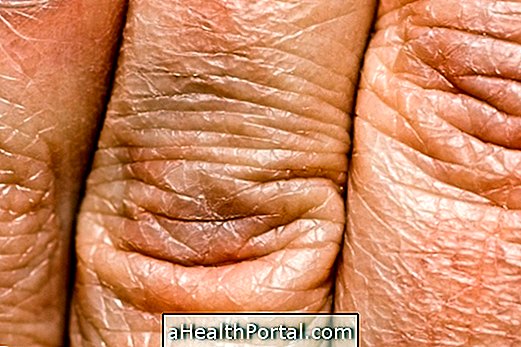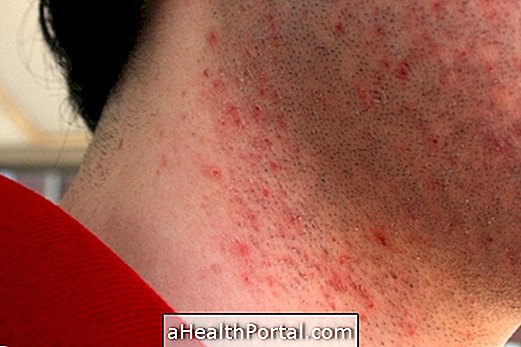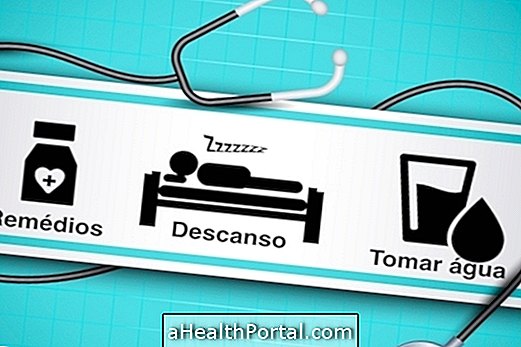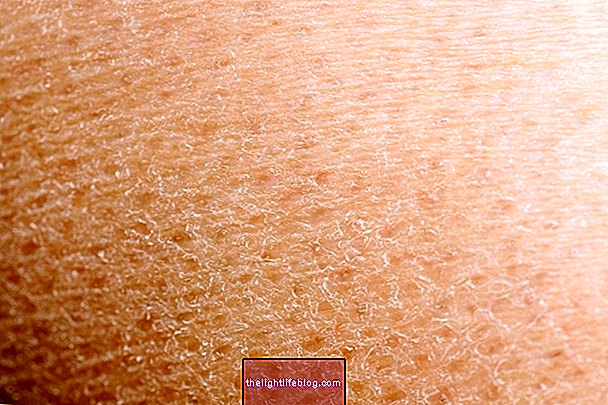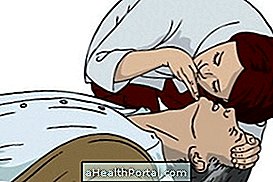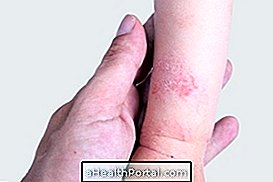The presence of the cyst in the breast usually does not require treatment, and the woman should be accompanied by the doctor so that changes in the cyst may be observed. It is not known exactly what can cause a mammary cyst, and the woman who has had one may develop others, but there is no direct relationship of the cyst in the breast with breast cancer. See what the risk of breast cyst becomes breast cancer.
If the woman notices the appearance of several cysts in the breast and if, upon squeezing, some type of secretion is obtained, one should immediately seek the mastologist for a reevaluation.

How is the treatment done?
Normally the cyst in the breast does not need to be treated, however, if it causes discomfort in the woman, fine-needle aspiration can be recommended, in which the liquid that forms the cyst is drained. In addition, if the cyst is palpable or the patient feels insecure with the lesion, the doctor may also recommend aspiration of the cyst.
The puncture is to apply an injection at the site of the cyst and aspirate its contents, and should be done in the doctor's office under local anesthesia. After the removal of the cyst through the mammary puncture, the doctor may recommend that the woman use analgesics to reduce the pain and recommend rest for about 2 days.
In any case, it is necessary for the woman to be followed regularly, according to the medical recommendation. Usually when the woman has smaller cysts, the monitoring is done annually, whereas in the case of larger and thicker cysts, the monitoring happens every 6 months and is done through breast ultrasonography and mammography. Check out some common questions about mammography.



